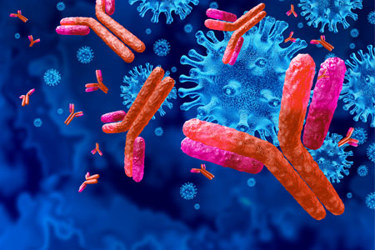Current Trends And Innovations In The Development Of ADCs

Antibody-drug conjugates (ADCs) represent a groundbreaking class of biologic drugs adept at targeting specific sites and modulating immune responses, pivotal in the treatment of diverse ailments including cancer, autoimmune conditions, and infectious diseases. However, the journey to developing ADCs is far from straightforward, fraught with challenges across three critical domains: linker technology, drug payloads, and manufacturing processes. Nonetheless, ADCs stand as a rapidly advancing frontier in therapeutics, presenting both novel therapeutic avenues and formidable obstacles for the biopharmaceutical sector.
By marrying the precision of antibodies with the potency of cytotoxic drugs, ADCs have emerged as a beacon of hope in cancer treatment, particularly for malignancies resistant to conventional therapies. Their potential lies not only in augmenting the effectiveness and safety of established treatments like chemotherapy, radiotherapy, and immunotherapy but also in targeting new antigens and mechanisms, such as DNA damage response and immune modulation, to combat cancer cell resistance and recurrence. Moreover, the evolution of novel ADC modalities like bispecific ADCs, dual-payload ADCs, and site-specific conjugation holds promise in enhancing the stability, potency, and uniformity of ADC formulations.
Explore the current landscape of ADC development by accessing the full article below, which delves into key trends and innovations across linker technology, drug payloads, and manufacturing processes.
Get unlimited access to:
Enter your credentials below to log in. Not yet a member of Outsourced Pharma? Subscribe today.
